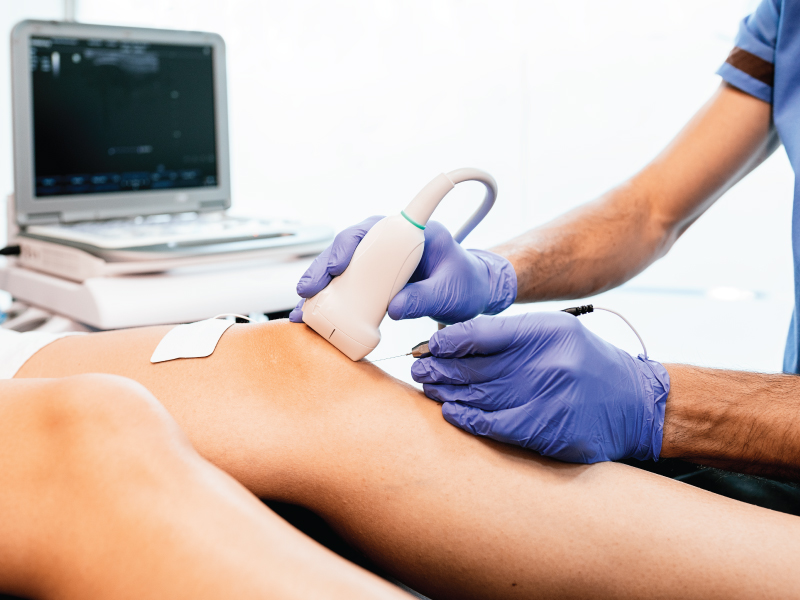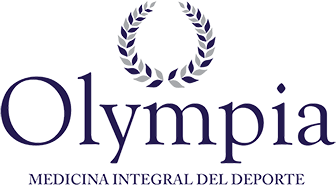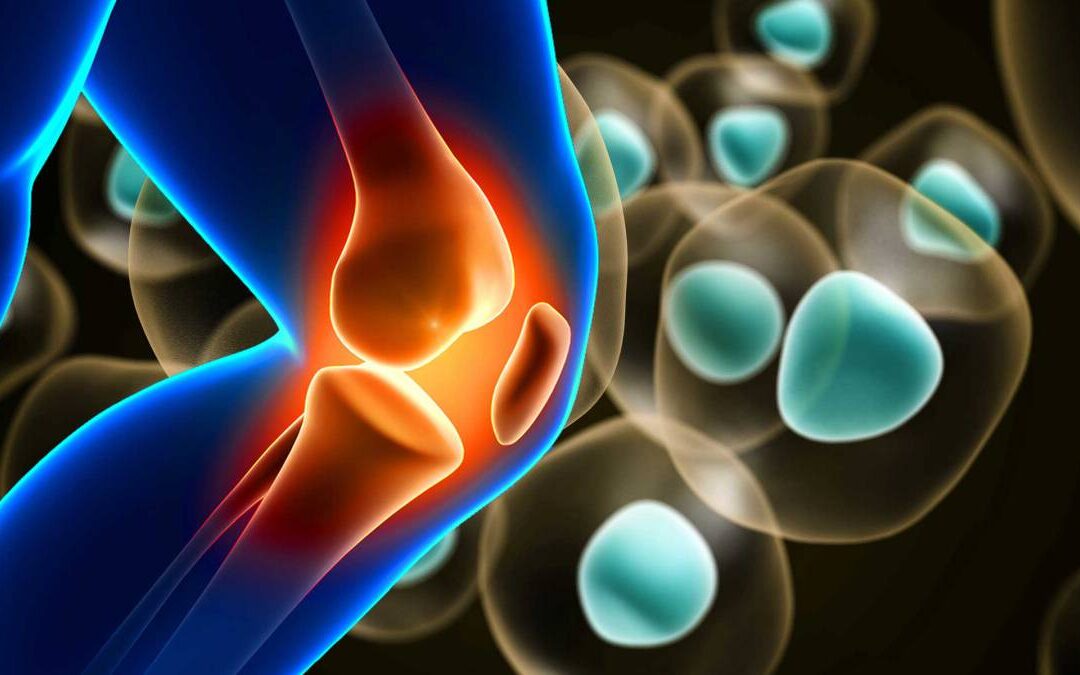
Proliferation therapy or Prolotherapy
Why consider Prolotherapy?
Prolotherapy is a superior treatment than the others to cure chronic pain and more importantly it helps bring people back to an active and happy lifestyle.
If your pain comes between you and your desire to do the activities you like such as: walking, swimming, golf, running. It will also eventually come between your ability to work and spend quality time with your family.
It will take from a few months to several years for a patient here in Mexico to finally go consult a professional. I’ve personally seen cases of pain with an evolution of more than ten years. Once the person decides to be treated, the scenario is more or less the following:
- They go to a masseur without obtaining any improvement.
- Attend consults with general allopathic doctors and specialists.
- Start treatment with anti-inflammatories and analgesics.
- Visit Chiropractors.
- Visit Physiotherapy centers.
- Get an infiltration with cortisone (dexamethasone, betamethasone, methylprednisolone, etc.).
- Increase dosage of medications and use of controlled pain medications.
- Sometimes a therapeutic block is performed.
- Surgery.
- On many occasions the patient continues with pain…
Why is this happening to many millions of people around the world?
Because none of the treatments that we mentioned above cure the cause of the pain, the root of the pain.
Prolotherapy is a treatment to cure the main cause of pain. Prolotherapy’s basic mechanism is very simple. The proliferating solution is injected into the injured tissue which leads to a local inflammatory process, this inflammation triggers the proliferation-healing cascade which results in the formation of new collagen. The new collagen shrinks as it matures, this stabilizes the ligaments making them stronger and more stable.
Why don’t most doctors know about prolotherapy?
Most doctors don’t know prolotherapy, firstly because prolotherapy is not taught in medical schools. In addition, each specialist treats the same condition from the perspective of their specialty. Example: Many people get scared when they go to a neurosurgeon and they want to operate their spinal column… for a neurosurgeon their focus, training and business is to operate on the spine. For a rheumatologist, for example, they will look for a rheumatological approach and will use cortisones and other medications to treat pain.
In regenerative sports medicine, prolotherapy is a first-line treatment. It is economical up to a certain point, but above all, it does NOT have the side effects of anti-inflammatories and does not have the consequences of a failed surgery.
In a few words, the worst thing that can happen with prolotherapy is that the patient does not experience the benefit they expected, and this can be due to different situations that we will mention later.
There are different solutions to carry out a prolotherapy treatment. Let’s remember that prolotherapy is a treatment to proliferate tissue and lead to healing. Some of these solutions are:
- Dextrose
- Platelet Rich Plasma (PRP)
- Stem Cells
is the Dextrose is the most widely used proliferative solution in the world, it has been used in the United States since the 70’s, not only is it cheap, but it is accessible in all countries and has practically no side effects. Dextrose is a sugar that comes from corn which makes it a natural solution without allergy issues. The inflammation that it causes to start the proliferative process is mild to moderate, which is why the patient experiences pain days after its application for approximately 3 to 5 days.
this Platelet Rich Plasma (PRP) has gained a lot of popularity in recent years, this is because the platelets that we have in our blood cause the regeneration of new and healthy tissue. A clear example of this is when we cut ourselves. In this case, what happens is that after a few minutes, with the help of compression, the person stops bleeding. This occurs because the platelets have already adhered to the site of injury, subsequently they begin the proliferative process causing the formation of a crust that over time will become healthy skin. Broadly speaking, this is what happens in any injury.
Compared to Dextrose, PRP is a moderate solution since the patient has the direct action of the platelets and with the Dextrose solution the patient has to slowly stimulate their own platelets, in a few words the solution of PRP saves us a step in the proliferative-regenerative process. After a correct application of PRP, the patient experiences moderate pain for approximately 1 week at the injection site.
this Stem Cells are a very popular treatment nowadays. This is due to the extensive study they have had in different areas of medicine and not only in the area of regenerative orthopedic medicine.
There are different types of stem cells.
Those obtained from the same person (autologous) and stem cells from stem cell banks (heterologous).
There are 2 widely used places to obtain stem cells from the same person. One is the hip where, under local anesthesia, a bone marrow aspirate can be performed, obtaining a large concentration of stem cells. Another important site is the abdominal fat where this type of autologous cells can be obtained through a mini liposuction type technique.
The second option is cells that come from licensed stem cell banks where they are obtained from young, healthy donors.
What are Stem cells? These are cells in our body that have the ability to become any type of tissue because in their current state they have not differentiated or specialized into any type of cell. This means that if I require muscle cells and I put autologous or heterologous stem cells under a good technique in the place where they are required and they are surrounded by more muscle cells giving them the appropriate stimulus, these stem cells will become new muscle.
Compared to Dextrose and PRP, stem cells treatment requires a more elaborate process and can currently be performed as an outpatient procedure in a doctor’s office. The concentrate of this solution tends to be the most aggressive of all, which is why the patient will have some moderate to intense pain days after application. However, it is the treatment of choice in cases of injury or severe osteoarthritis.

